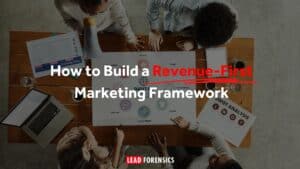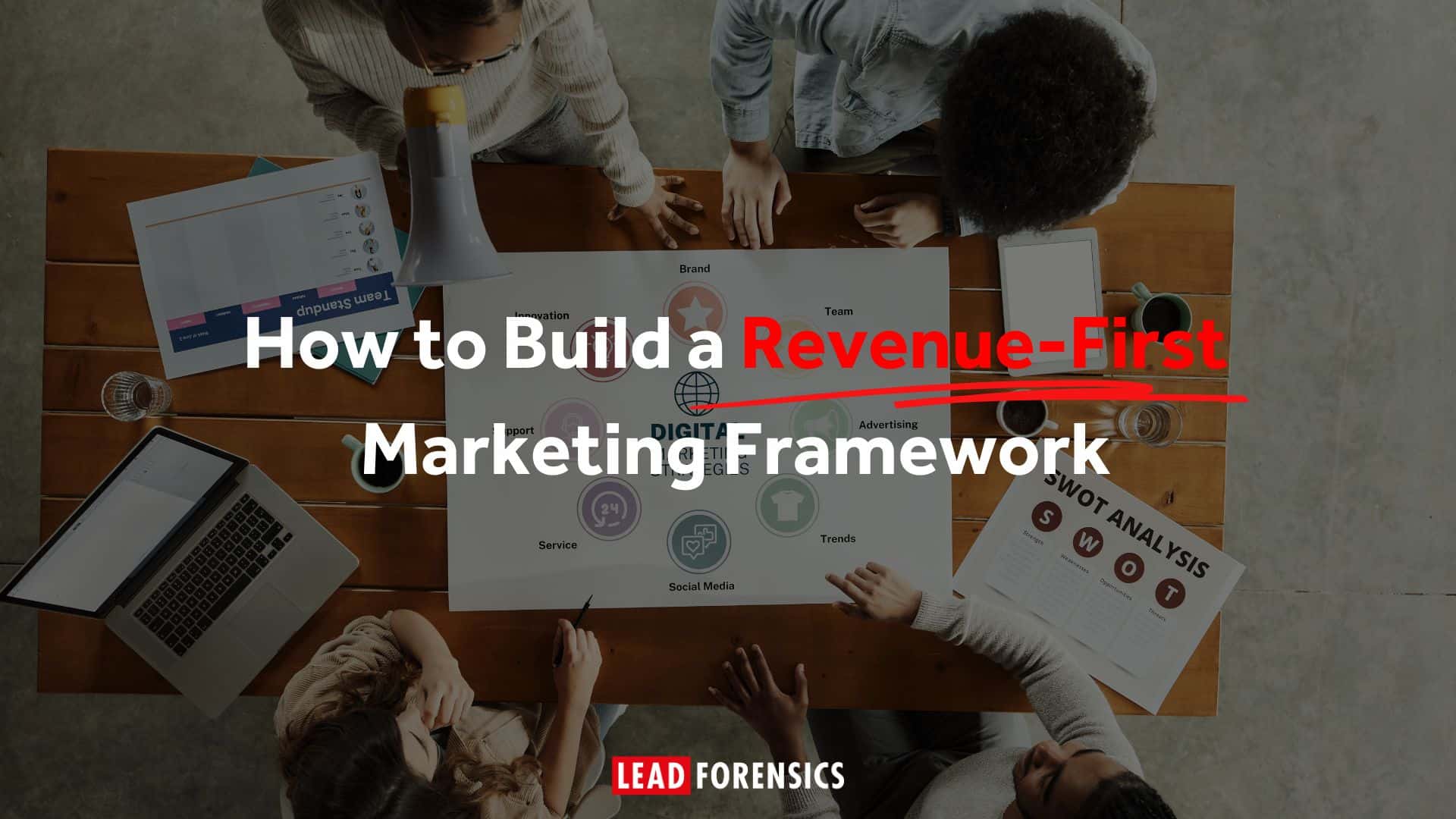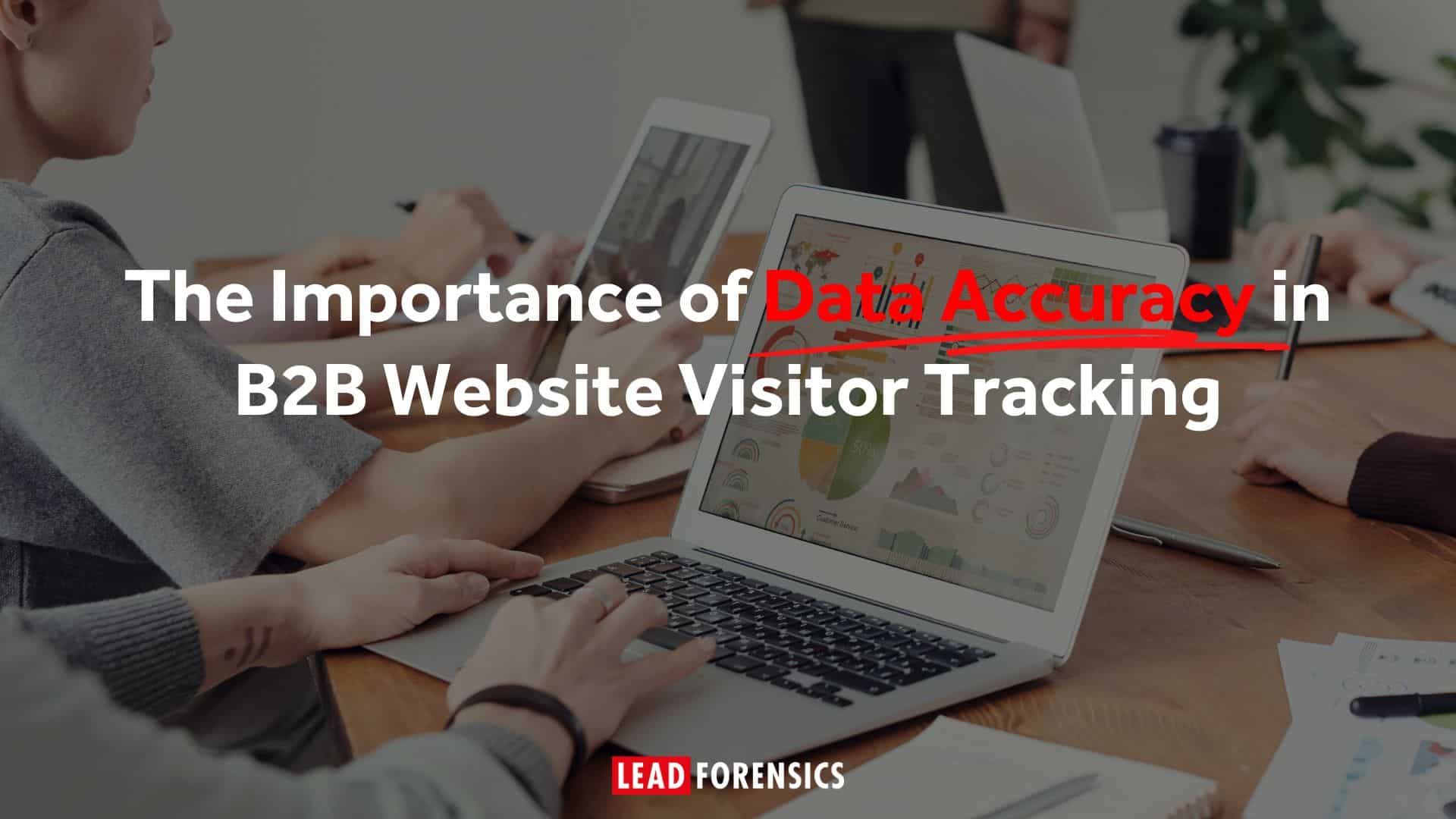Why Are GTM Models Important?
When you try any new strategy for the first time, it can be overwhelming. But if you choose the right go-to-market model, it’ll help focus your planning and boost the chances of a successful launch or expansion.
Product-Led GTM: Let the Product Sell Itself
In a Product-Led GTM strategy, the product itself is what drives acquisition, conversion, and expansion.
When you follow this model, you concentrate on letting users experience real value before purchase, typically via freemium plans, free trials, or self-service models.
It’s a powerful GTM model because it accelerates user adoption and viral growth, especially in SaaS and tech contexts where ease-of-use and self-learn are key differentiators. It also reduces reliance on high-touch sales strategies.
Who is product-led GTM best for? User-friendly products that deliver immediate value and can onboard users with minimal assistance. It’s ideal when buyers want to try before they buy.
However, it does come with risks. For example, if your onboarding is flawed or you don’t offer a strong user experience, you’ll lose customers. For that reason, it’s not suitable for complex solutions requiring high-touch interactions.
Slack is a great example of a product-led GTM model. Its early growth was driven almost entirely by letting users experience the product for free. Slack’s freemium model gave entire teams a chance to try it, share it internally, and integrate it into workflows before ever speaking to sales. The product’s intuitive UX and clear value made it the core acquisition driver.
Sales-Led GTM: When Relationships Drive Revenue
The sales-led go-to-market model prioritizes personalized outreach, demos, and relationship building via dedicated sales teams and are especially useful for high-touch, high-value enterprise deals.
This GTM model works because complex B2B solutions often require tailored messaging and consultative selling. When you pursue a sales-led model, you support that with plenty of human insight and flexibility.
Who is sales-led GTM best for? Enterprise-grade products with long sales cycles and multi-stakeholder buying committees.
But beware: this approach is resource-intensive and slower to scale. And your entire success hinges on the alignment and effectiveness of your sales team.
As Salesforce shows, a sales-led GTM can lead to dominance. It built its success in CRM through an enterprise sales strategy, where Account Executives nurtured relationships with decision-makers, tailored demos to complex organizational needs, and navigated long procurement processes. The human, consultative approach was critical to landing large multi-year contracts.
Marketing-Led GTM: Create Demand Through Content and Brand
With a marketing-led GTM model, inbound strategies like content marketing, SEO, social media and demand-gen drive interest and generate leads.
This strategy works because it builds brand authority and efficiently attracts qualified leads, especially when prospects educate themselves before reaching out.
Who is marketing-led GTM best for? Businesses that can establish thought leadership and capture top-of-funnel interest in competitive or saturated markets.
However, the challenge of this strategy is that it requires consistent content creation and investment. That means your ROI can take more time than outbound or product-led GTM models.
The most obvious example of the marketing-led GTM model is HubSpot. They pioneered inbound marketing by creating a huge library of free resources that generated organic traffic and positioned the brand as the authority on marketing automation, generated high-quality inbound leads for the sales team to close.
Channel-Led GTM: Leverage Partners to Scale
Channel-led GTM strategies rely on partners, resellers, or distributors to bring products to market.
It works because it enables rapid scaling through established relationships and infrastructure while extending reach into new territories or verticals.
Who is the channel-led GTM model best for? Complex B2B products that benefit from trusted advisory relationships and complimentary services.
However, the risk of this approach is that it requires investment in partner enablement and alignment. If there are channel conflicts or inconsistent delivery, you risk impairing the effectiveness of your campaign.
Microsoft is a powerful example of a channel-led GTM model. Its partner marketing network is one of the largest in the world, with resellers, distributors, and implementation partners bringing Microsoft’s products to market. This channel-led approach has allowed Microsoft to enter new geographies and verticals far faster than direct sales alone could.
Ecosystem-Led GTM: Build Value Through Partnerships
Ecosystem-led GTM models involve building integrated offerings by collaborating with complementary product providers.
It works because these collaborative products deliver holistic solutions that are greater than individual parts. This is particularly appealing in deep vertical contexts or complex environments.
Who is the ecosystem-led GTM strategy best for? Platforms or solutions that integrate into broader systems or seek to embed in partner ecosystems.
But keep in mind that managing joint go-to-market efforts can be complex. Your success depends on shared incentives and tight collaboration and can be risked by a bad partner.
For example, Shopify created an ecosystem-led GTM model by developing an App Store and partner environment that make its e-commerce platform far more valuable. By integrating with thousands of third-party apps, payments solutions, and logistics providers, Shopify creates a broader solution for merchants, and one that’s difficult for competitors to replicate.
Community-Led GTM: Grow Through Advocacy
Community-led go-to-market models harness customer advocates to leverage user loyalty, referrals, and peer influence.
This approach works because it builds trust and loyalty. Plus, advocacy-driven growth can be highly scalable at minimal cost, especially in tight-knit verticals or niche markets.
Who is community-led GTM best for? Brands with passionate users or aligned values (e.g., sustainability or craftsmanship) that inspire loyalty.
But it comes with challenges. When you follow this GTM model, you have to really put your energy into growing a community. That means hours of ongoing community care, reward systems, and genuine purpose alignment, not just transactional outreach.
Notion is a great example of a community-led GTM model in practice. Its growth has been fueled by an active, creative user community. Fans produce templates, tutorials, and YouTube walkthroughs, while Notion amplifies this content through community showcases. This advocacy helps convert new users through peer recommendations rather than direct marketing.
Hybrid GTMs: Mix and Match for Maximum Impact
The pragmatic truth is that few companies stick to a single GTM model. Today’s most successful B2B strategies combine models, for instance, product‑led with sales‑led, or marketing‑led and ecosystem‑led.
This is a smart approach because a hybrid model allow businesses to scale efficiently while maintaining control where needed.
For example, Zoom’s growth combined a product-led approach (free and frictionless sign-up, viral meeting invites) with a sales-led strategy for enterprise accounts needing security, integrations, and compliance. The hybrid approach allowed rapid self-serve adoption alongside large contract wins.
How to Select Your GTM Model
Choosing the right GTM model demands context. Here’s how to decide:
- Understand your product and ICP. Is your product intuitive enough to sell itself? Does your ICP require high-touch nurturing? Map your model to these realities.
- Assess your infrastructure. Do you have the content engine, product experience, sales credibility, or partner skeleton to support your chosen model?
- Align across teams. Your GTM strategy isn’t just marketing; sales, product, partnerships, and customer success must collaborate to execute it.
- Pilot and measure. Test your chosen model(s) on a small scale before rolling out. Define success via clear metrics like CAC, LTV, sales velocity, and conversion rates.
- Iterate and hybridize. What works may evolve. Hybrid GTMs offer you the flexibility to adjust by customer segment, region, or product line.
Identify In-Market Accounts With Lead Forensics
Timing is an important part of GTM. And with B2B lead generation software like Lead Forensics, you can get rapid alerts when target accounts visit your website, even if they don’t fill in a form. For sales-led GTM models, that means SDRs can call when the prospect is truly in-market. And for marketing-led GTM models, it means marketers can retarget those accounts with relevant content or ads quickly after their visit. Book a demo to see how Lead Forensics can support your GTM strategy.









